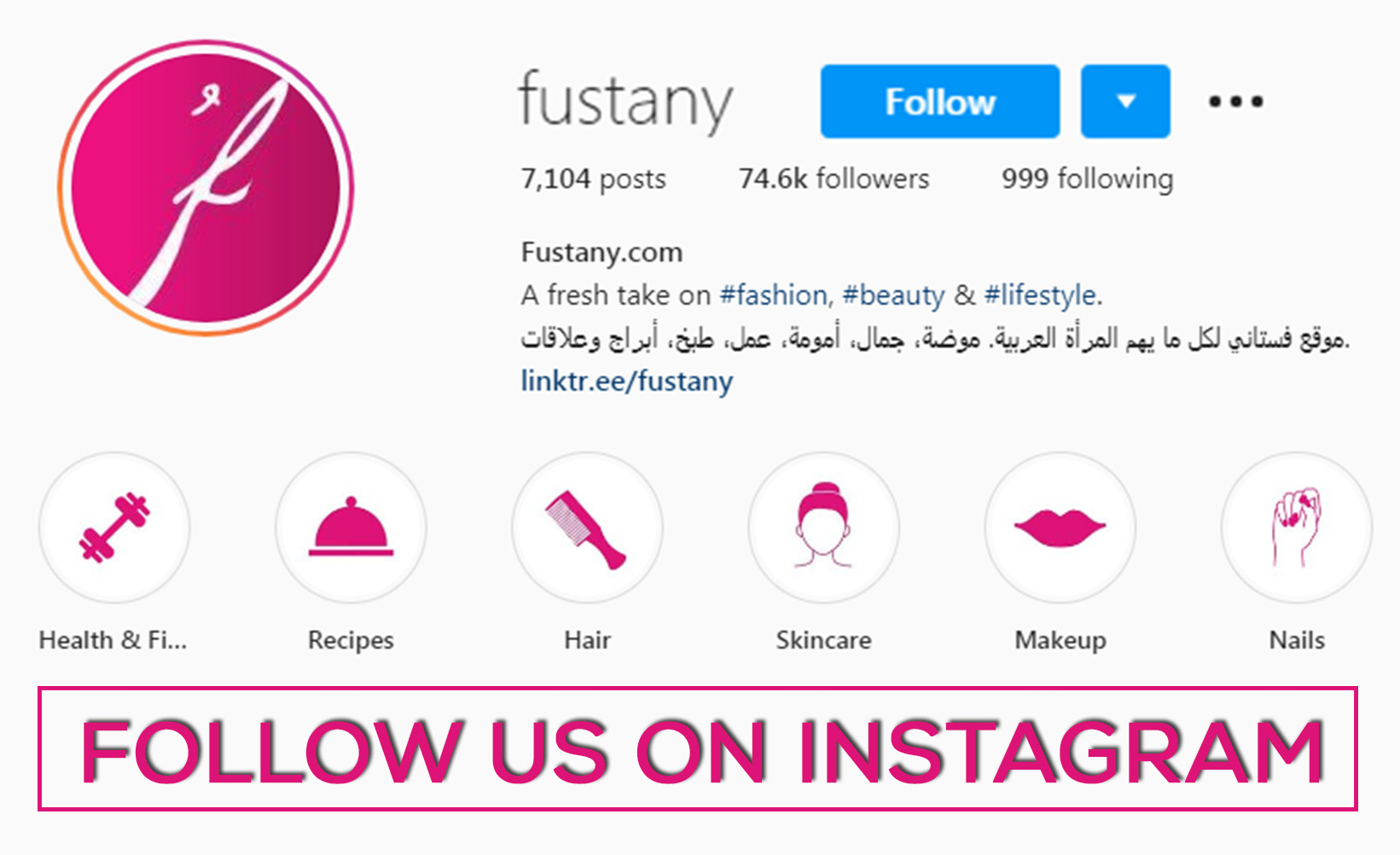You've probably seen her beauty and stunning cover all over social media, as Seven-year-old Mila Abouchalbak became the first girl with vitiligo, of her age, to be featured as a cover girl. With that feature not only comes the potential change of beauty standards for young girls and women, but also an incredibly powerful message about hope and the much needed urgency regarding raising awareness about vitiligo. We were really excited to get to talk to Mila Abouchalbak and her mother Maya Mroue about her message and important representation of Lebanon's youth.
Hijabi Blogger Saira: I Want to Bring a Smile to Someone's Face and Heart
Maya Mroue Mila Abouchalbak's Mother:
1. First of all, can you tell us more about Mila before knowing about her condition?
Mila has always been special. Through her charisma and very social character, she has always managed to lighten up every room she enters.
10 Effective Tips to Help Your Teenage Daughter with Her Body Image
2. How did you fight to build up her confidence and security after she faced finger-pointing and bullying?
I would give the credit to Mila. She was stronger than me at times and with our support and that of her friends and school, she learned to accept her vitiligo and stand up for herself. We highlighted her strengths and let her shine through the things she loves to do, like dancing.
Karen Wazen Bekhazi Gets Real About What It's Like to Lose Skin Color!
3. Did you teach Mila any specific ways to respond to unkind comments or any forms of bullying?
We had daily talks with Mila and explained that the reason she may be getting comments is people might be just curious and they have not been exposed to similar cases. We showed her photos of others with vitiligo, just like Winnie Harlow. We always told her that she was beautiful and special. Finally, the turning point was when we launched the first awareness campaign on World Vitiligo Day last year and Mila’s photo shoot went viral. Instead of being bullied she would get comments that they saw her photos on social media.
4. Did you face difficulties when it came to understanding Vitiligo?
The problem with vitiligo is that when you google about it, you get initial responses that there is no cure...we felt helpless. We got mixed diagnoses and treatment recommendations during her early stages and that confused us even more. Through extensive research we learned more about the condition and how to deal with it. One shouldn’t read too much and actually the best and most reassuring thing to do is to talk to someone who has vitiligo. Remember you are not alone, more than 1.5% of the population has vitiligo.
5. How were you approached regarding the Vogue September cover? What was your first reaction as Mila’s parent and what was her response?
The Vogue Arabia Editor in Chief asked my sister, Nathalie Mroue, if she could put us in contact as they were interested in featuring Mila in an upcoming Vogue Arabia issue. We were excited about the opportunity as we knew it would give Mila further exposure and would also give hope and confidence to those similar to Mila that may be suffering from vitiligo in silence.
Interviewing Rasha Mekky About Adopting: "Mustafa Changed My Life"
6. The fashion and beauty industry have finally started to embrace beauty in all its differences, but there’s still a long way to go. What do you aspire to see in a few years, thanks to influences like Mila?
Vogue Arabia and other publications have been doing a great job at being inclusive. I aspire that through all this awareness, no one is to be judged for their appearance.
7. The word hope is a strong powerful word. In your own interpretation, how would you say Mila’s impact and message represents hope for the future?
Mila represents hope because through Vogue she broke barriers. Who would have expected that a little 7 year old girl from Beirut with vitiligo on her face will end up on the cover of Vogue Arabia?
For Beirut: 8 Inspiring Lebanese Brands to Support
8. Do you think Mila’s mission to show the beauty of vitiligo and change the face of beauty can eventually help abolish the forms of bullying she was exposed to?
Bullying is everywhere. Some kids are bullied because they are too small or too tall. Continuing to spread awareness is key and hopefully with time people in the Arab world will start to be more accepting towards differences. My advice is to work on building self confidence so that the person can overcome any situation.
Mila Abouchalbak:
1. We know you have been asked this question a lot before, but we would still love to know, what would you like to be when you grow up?
I love animals and taking care of people so I would like to be a Vet or DR. I also want to be a hip hop dance teacher and model.
2. Do people treat you differently now? How do they treat you?
People that have seen some of my photo shoots look at me in a different way. There is less pointing and talking behind my back.
3. What is the most important thing your mom taught you?
To always be kind and respect everyone.
For Teenagers: The Most Common Mental Health Problems and Challenges
Main Image Credits: Instagram @tarekmoukaddem Via Instagram @mila_abouchalbak















